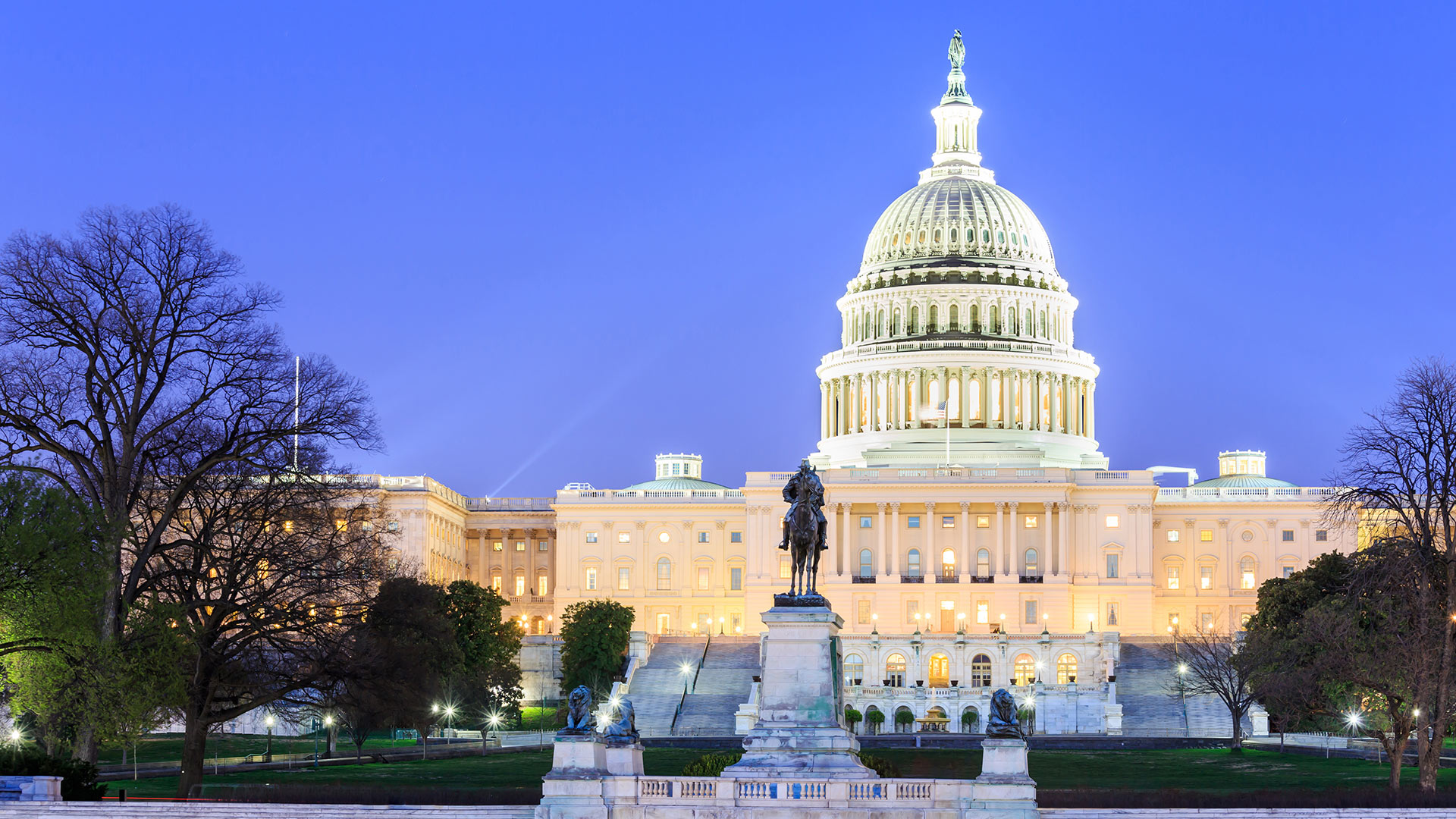
Publication
Year in review: Texas Business Court key discovery rulings
In its first year, the Texas Business Court has issued forty-two written opinions on a number of dispositive and discovery-related issues.


United States | Publication | September 29, 2021
In a September 28 blog post, the Federal Trade Commission (FTC) announced sweeping changes to how it will handle merger investigations. Under the Hart-Scott-Rodino Antitrust Improvements Act of 1976, as amended, transactions valued at or above a certain dollar threshold must be reported to the FTC and Department of Justice Antitrust Division (DOJ) to allow the agencies 30 days to conduct an initial investigation into whether the transaction might harm competition. If the agencies have additional questions, they can issue a "second request," which prevents the parties from closing on the transaction until 30 days after they have substantially complied with the document and data requests issued by the agencies. (These time periods can be modified by "pull and refile" or a timing agreement.)
As announced by the Bureau of Competition, which oversees merger review at the FTC, the FTC is changing how it conducts second requests in order to accommodate the increased number of filings and to better align with President Biden's Executive Order on Competition. (See our prior analysis of the Executive Order.) Specifically, the FTC has announced the following changes:
In light of these changes, the FTC also cautioned that it anticipates publishing an updated Model Second Request in the near future.
Although these changes were described as being made in part to better allocate limited resources, it is unclear how creating additional substantive areas to investigate, eliminating staff's ability to pare down the scope of a Second Request and instituting a new e-discovery approval process will streamline the process. Indeed, we anticipate that these new implementations will create a significantly more lengthy review process, particularly those investigations that require full substantial compliance.
If you have questions about the changes at the FTC, Norton Rose Fulbright lawyers are prepared to guide you through the merger review process.

Publication
In its first year, the Texas Business Court has issued forty-two written opinions on a number of dispositive and discovery-related issues.
Subscribe and stay up to date with the latest legal news, information and events . . .
© Norton Rose Fulbright US LLP 2025